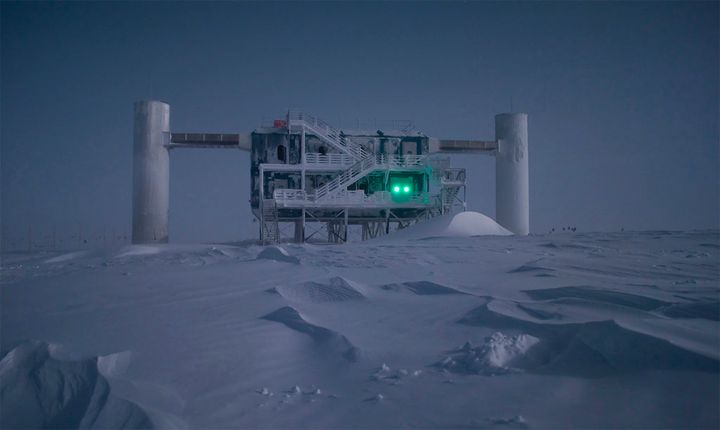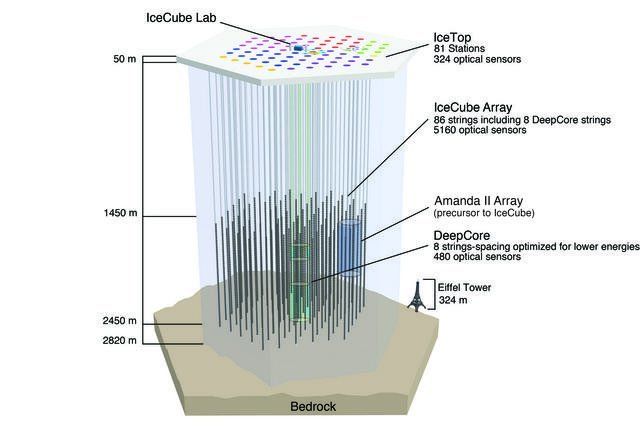Every second, trillions of particles are passing through your body.
These “ghost particles” are called neutrinos and we know almost nothing about them other than they exist.
All we know is that they are a fundamental part of our universe, we just have absolutely no idea which part that is.

New measurements of these mysterious particles however could not only help shed light on their role in the universe but also help us fill some of the blanks in our Standard Model of how the universe functions.
“While the Standard Model is an accurate theory, it leaves gaping holes, like the nature of dark matter and how a universe filled with matter, rather than anti-matter, arose from the Big Bang. We don’t know how to fill them yet,” said Tyce DeYoung, Michigan State University associate professor of physics and astronomy.

Well by measuring the ‘ghost particle’ we should be able to fill some of those holes. What they found was that neutrinos have a variety of guises.
“Neutrinos have a habit of changing, or oscillating, between three types, we call them ‘flavors,’” said Joshua Hignight, the MSU research associate who presented the new results at the meeting. “So, if one neutrino is a precisely equal mix of two flavors, it could be a surprising coincidence or there might be a deeper reason for it coming from the physics beyond the Standard Model.”

Making these measurements is the incredible IceCube Neutrino Observatory at the South Pole.
It’s the largest neutrino detector in the world, using a billion tonnes of the Antarctic ice cap beneath the U.S. Amundsen-Scott South Pole Station to observe neutrinos.
Quick Facts:
The IceCube detector is one cubic kilometer of ice—that would be enough water to fill one million swimming pools.
About 100 trillion neutrinos pass through your body each second.
IceCube is designed to detect particles from cataclysmic events that have energies a million times greater than nuclear reactions.
IceCube detects 275 atmospheric neutrinos daily and about 100,000 per year.
About 300 scientists at 48 institutions in 12 countries conduct IceCube science.
One terabyte of unfiltered data is collected daily and about 100 gigabytes are sent over satellite for analysis.
